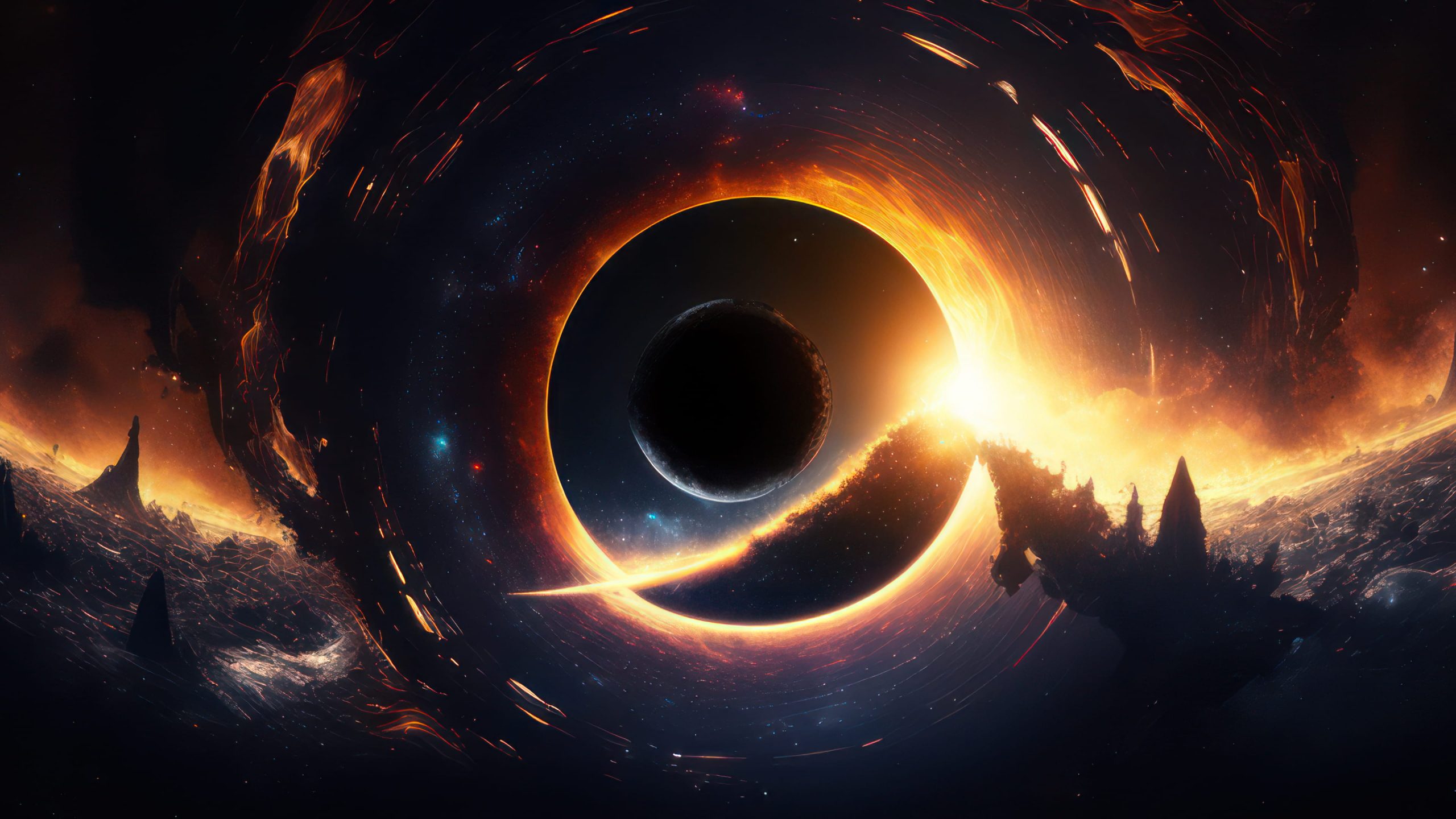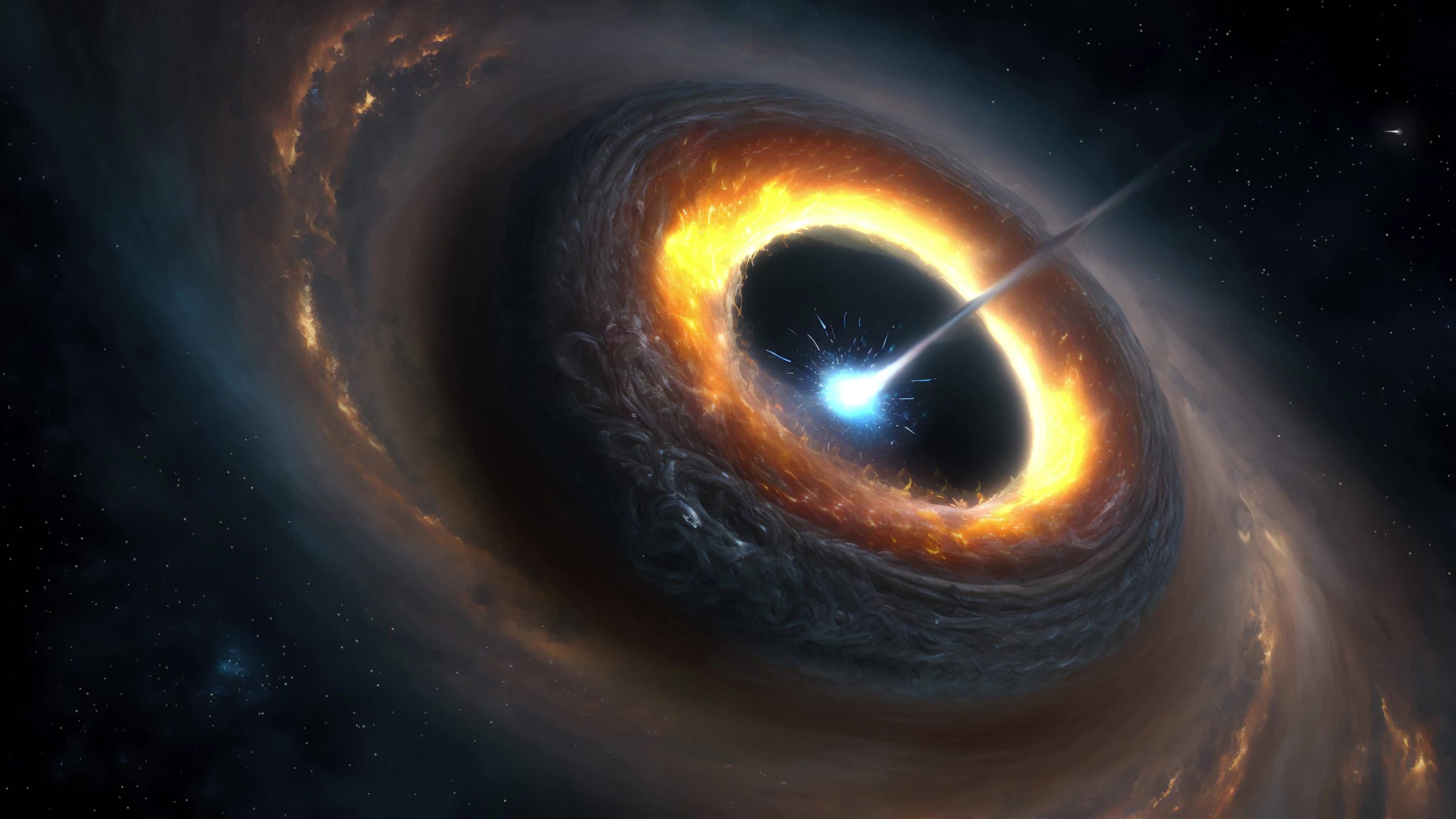Debunking Black Hole Myths: Unveiling the Truth Behind Cosmic Enigmas
Black holes have long captured the imagination of scientists and the public alike, shrouded in mystery and often misunderstood. In this SEO blog, we delve into the myths and facts surrounding these cosmic phenomena, shedding light on their true nature and unraveling the mysteries of the universe.
1. Myth: Black Holes Suck Everything In
Fact: Contrary to popular belief, black holes do not act like cosmic vacuum cleaners, indiscriminately sucking in everything around them. While their gravitational pull is indeed incredibly strong, objects must come within a certain distance, known as the event horizon, to be pulled in. Additionally, black holes do not “suck” in the traditional sense but exert a gravitational force that causes objects to fall towards them [2].
2. Myth: Black Holes Are Giant Cosmic Vacuums
Fact: While black holes are indeed regions of space with exceptionally strong gravitational pull, they are not empty voids. Instead, they contain an incredibly dense concentration of matter, compressed to a singularity at their center. Anything that crosses the event horizon is inevitably drawn towards this singularity, leading to the misconception of black holes being empty [1].
3. Myth: Black Holes Devour Everything They Encounter
Fact: While black holes can consume nearby matter, they do not necessarily devour everything in their path. In fact, many black holes exist in a dormant state, emitting no detectable radiation or actively accreting matter. Only when a black hole interacts with nearby stellar material or gas clouds does it become active, emitting powerful radiation and jets of particles as it feeds [4].
4. Myth: Black Holes Are Cosmic Portals or Wormholes
Fact: Popularized by science fiction, the idea of black holes serving as gateways to other parts of the universe or alternate dimensions is purely speculative. While black holes do warp space-time around them, leading to phenomena such as gravitational lensing, there is no empirical evidence to support the existence of traversable wormholes within black holes [6].
5. Myth: Nothing Escapes From a Black Hole
Fact: While it’s true that anything crossing the event horizon of a black hole cannot escape its gravitational pull, black holes do emit radiation known as Hawking radiation. Proposed by physicist Stephen Hawking, this phenomenon occurs near the event horizon, where pairs of virtual particles are created. In some cases, one particle falls into the black hole while the other escapes, leading to the gradual loss of mass and energy from the black hole [3].
Conclusion
By debunking these myths and revealing the scientific facts behind black holes, we gain a deeper understanding of these enigmatic cosmic entities. While black holes remain one of the most fascinating and mysterious phenomena in the universe, separating fact from fiction allows us to appreciate their true nature and significance in shaping the cosmos.
In conclusion, black holes are not cosmic vacuum cleaners or portals to other dimensions but rather gravitational powerhouses with profound implications for our understanding of space and time. As we continue to unravel the mysteries of the universe, debunking myths surrounding black holes is essential for fostering scientific literacy and appreciation for the wonders of the cosmos.




